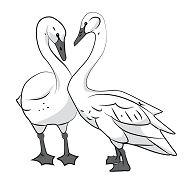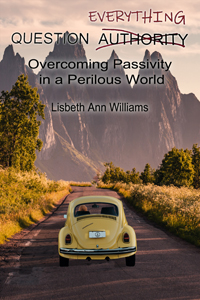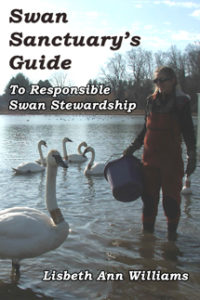There was a short segment on PBS News the other day, addressing the serious problem of light pollution. It emphasized that in at least 80% of the world, the night sky can no longer be viewed. Death Valley, California is one of the few places where our universe and its billions of stars can be seen in their magnificence. Humans once had the stars and the moon to connect them to the truth of who they were. They were very, very small. In spite of our collective ego, we are still very, very small.
We once had the night sky to keep us connected to our “inner” world, by shutting out visual distractions. Today, we have only semi-darkness. Sleep disorders are a growing complaint as our bodies try to adjust to a world that never stops. Tempers often flare from short fuses, from people who do not get sufficient sleep. Many of them exacerbate their body’s distress signals by vamping them up with caffeine and other “uppers”, then following up with sleeping pills and “downers” to help them sleep. They do not realize that this is not normal.
The abundance of artificial lighting has set our entire planet off balance. Animals and insects that have relied on the night sky and the moon to navigate migration and to hunt, are often drawn to their death in their confusion. Plants that are exposed to fluorescent lighting 24/7 never have a natural period of rest – rest that is vital to all living things. Astronomers, in their quest to study the stars, have been greatly impeded by too much light, in spite of their powerful telescopes.
There is something primal about the night sky. Its magnetism calls out to us to lie on our backs and gaze up at the infinity of stars; however, with so much light pollution, this is not possible for most of us. Songs have been written about the stars. Starry, Starry Night, by Don McClean, and many, many others. We are familiar with the Disney movie, Pinocchio, and the tune, “When you Wish Upon a Star.” With no stars visible on which we can wish, how can we hope our dreams can come true? More importantly, how can we hope to recreate, once again, a world with day and night?
If you are interested in learning more about light pollution and steps that are being taken to minimize it, there is a magazine dedicated to bringing this information to the public. It is called Nightscape and it can be found at www.darksky.org.
25 SEPTEMBER 2023 WISH UPON A STAR
This entry was posted in SEPTEMBER 2023. Bookmark the permalink.



